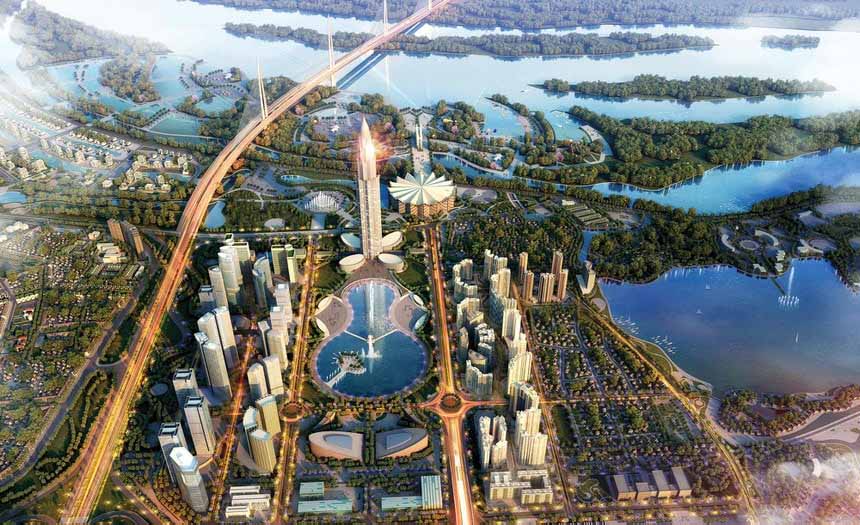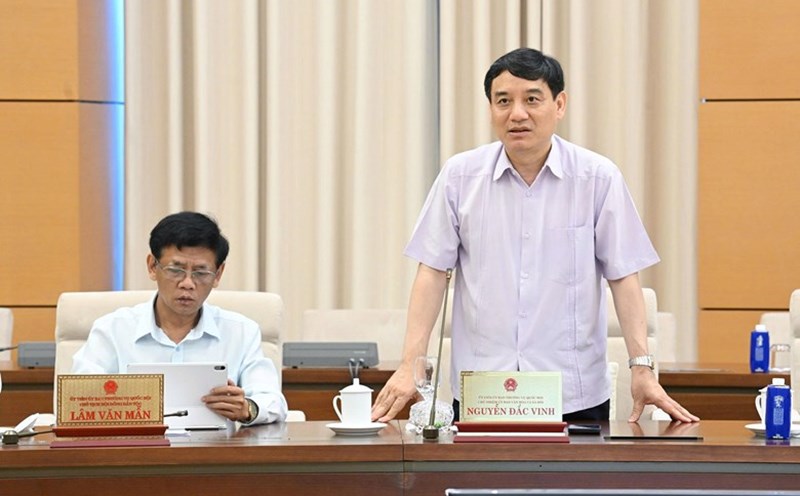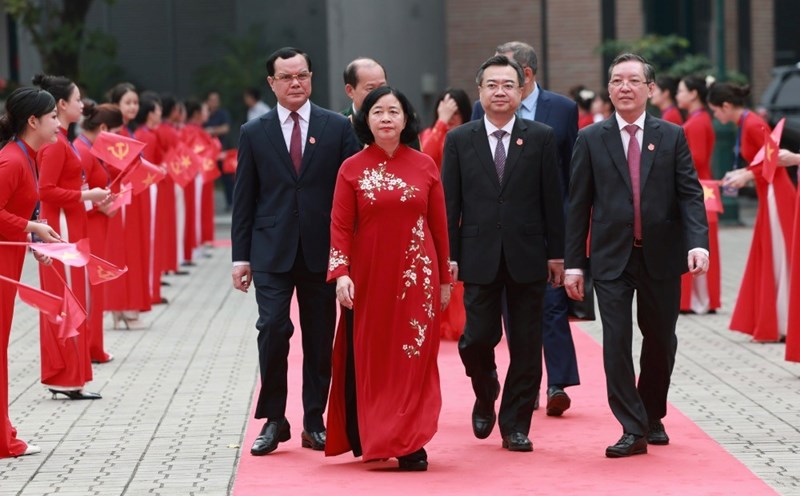In early September 2025, the Hanoi People's Committee approved the project to locally adjust the detailed planning of the central area of Tay Ho Tay urban area, scale 1/500 at lot C1-CC3 (the part of organizing landscape architectural space and underground construction area).
Adjust this detailed planning with very specific requirements for architectural space and urban design. In particular, priority is given to applying new, smart, energy-saving technologies and high connectivity to the technical infrastructure of neighboring areas.
West Lake is just one of many urban areas in Hanoi that have been and are being built in conjunction with the overall planning for smart urban development. That has shown that in the process of building smart cities, from the smallest planning, it is necessary to ensure consistency and long-term orientation.
Currently, major cities such as Hanoi, Ho Chi Minh City, Hai Phong, Hue... have been building smart urban development strategies with specific roadmaps and systematic directions. In which, it is determined that it is necessary to start from urban planning.
According to experts in the field of urban planning, the goal is very clear, but it is necessary to determine that planning work must take the lead to soon have a specific orientation for developing urban areas in the smart direction.

Developing a rapid, strong, and efficient urban area towards sustainability, creating a livable space for people, then incorporating elements of smart cities into urban design and planning is extremely necessary for large cities.
According to Dr. Architect Nguyen Hoang Minh (Hanoi University of Architecture), smart cities are formed on basic criteria such as: Smart urban planning, smart economy, smart transportation, smart energy, smart residents, smart community, smart urban governance and smart society.
"Among the above criteria, smart urban planning is considered a pillar in smart urban development. During the planning process, through integrated planning tools, cities have been able to orient the development of each existing or newly built urban area," said Dr. Architect Nguyen Hoang Minh.
The Ministry of Construction is seeking opinions on the draft Decree on smart urban development. Accordingly, based on the orientation and project for developing smart cities at the provincial level, when establishing planning levels, it is mandatory to research and integrate contents to ensure the construction and management of smart cities.
For planning from the provincial level and above, it is necessary to establish and use urban digital copies as core tools to simulate, analyze scenarios, assess multidimensional impacts and support planning decisions.
The draft clearly states that for general planning, in addition to complying with legal regulations on urban and rural planning, it is necessary to orient and integrate smart solutions such as the overall vision and goals for smart urban development, digital infrastructure development orientation and smart technical infrastructure...
All of these contents have continued to affirm the importance of planning in building smart cities. In this process, humans are identified as an important element.
Discussing this content with reporters, Dr. Nguyen Ngoc Hieu - senior lecturer of the Sustainable Urban Development Program (Viet Duc University) - said that to plan well, there are many problems that need to be solved, which is the coordination of many sectors and many levels.
"The deeper story is how we put that planning into development, we must accompany that planning as well as have effective management and supervision to meet the requirements of development," said Dr. Nguyen Ngoc Hieu.









